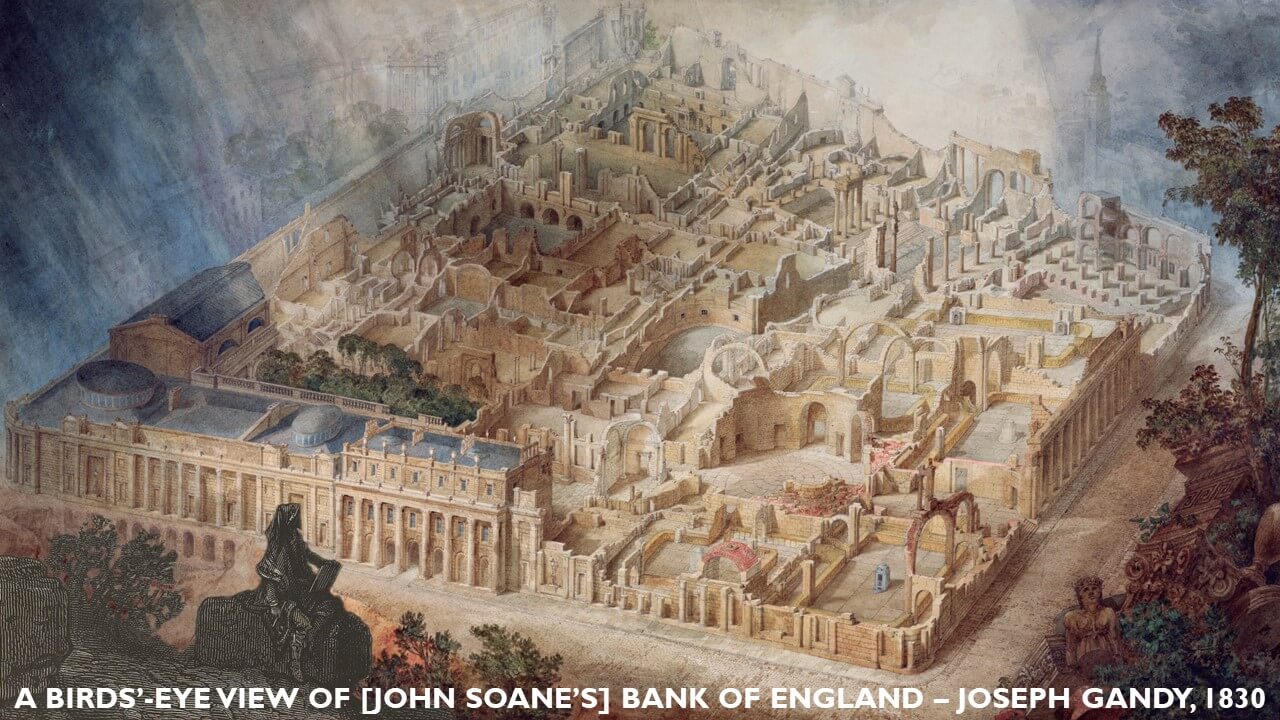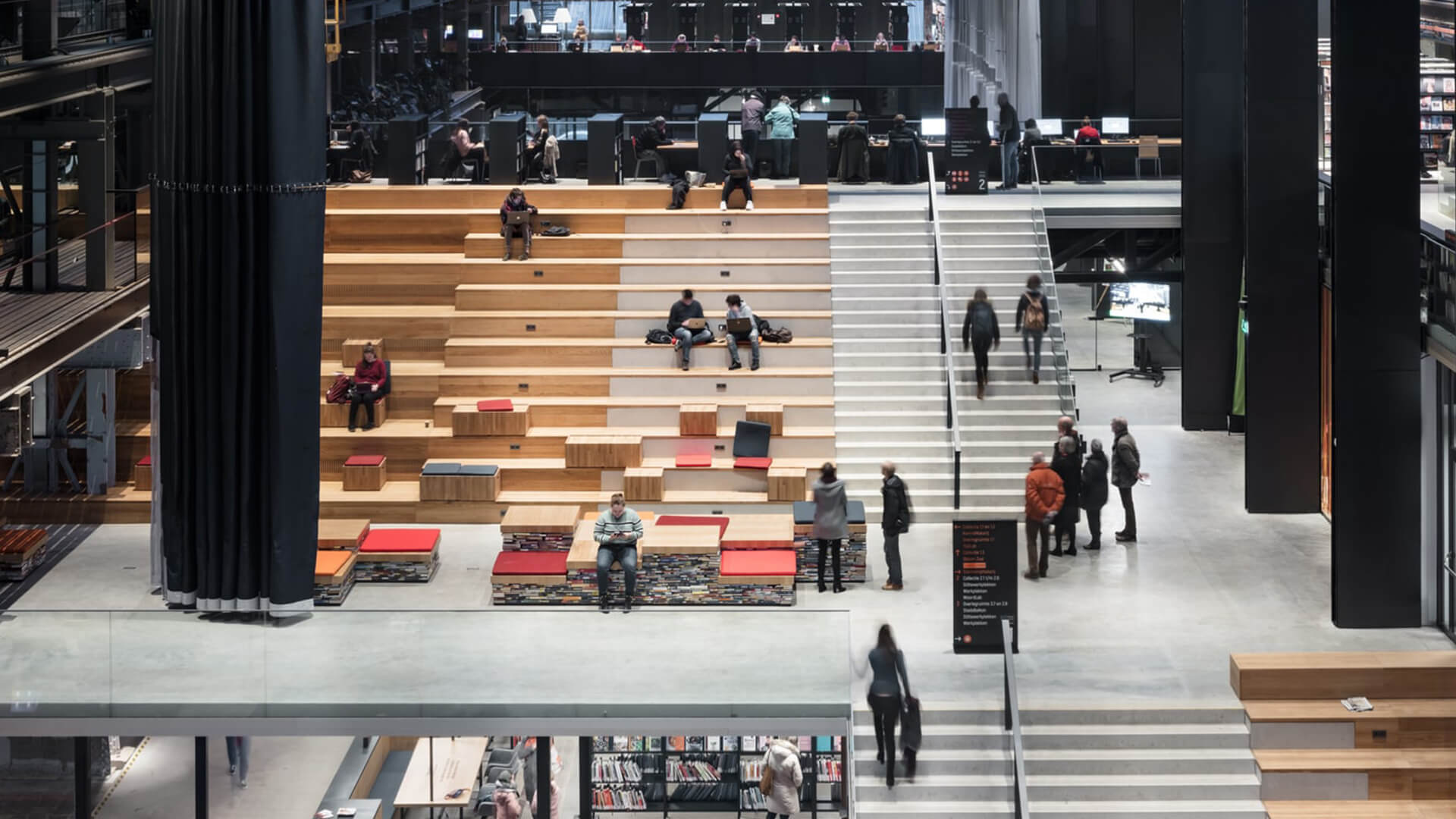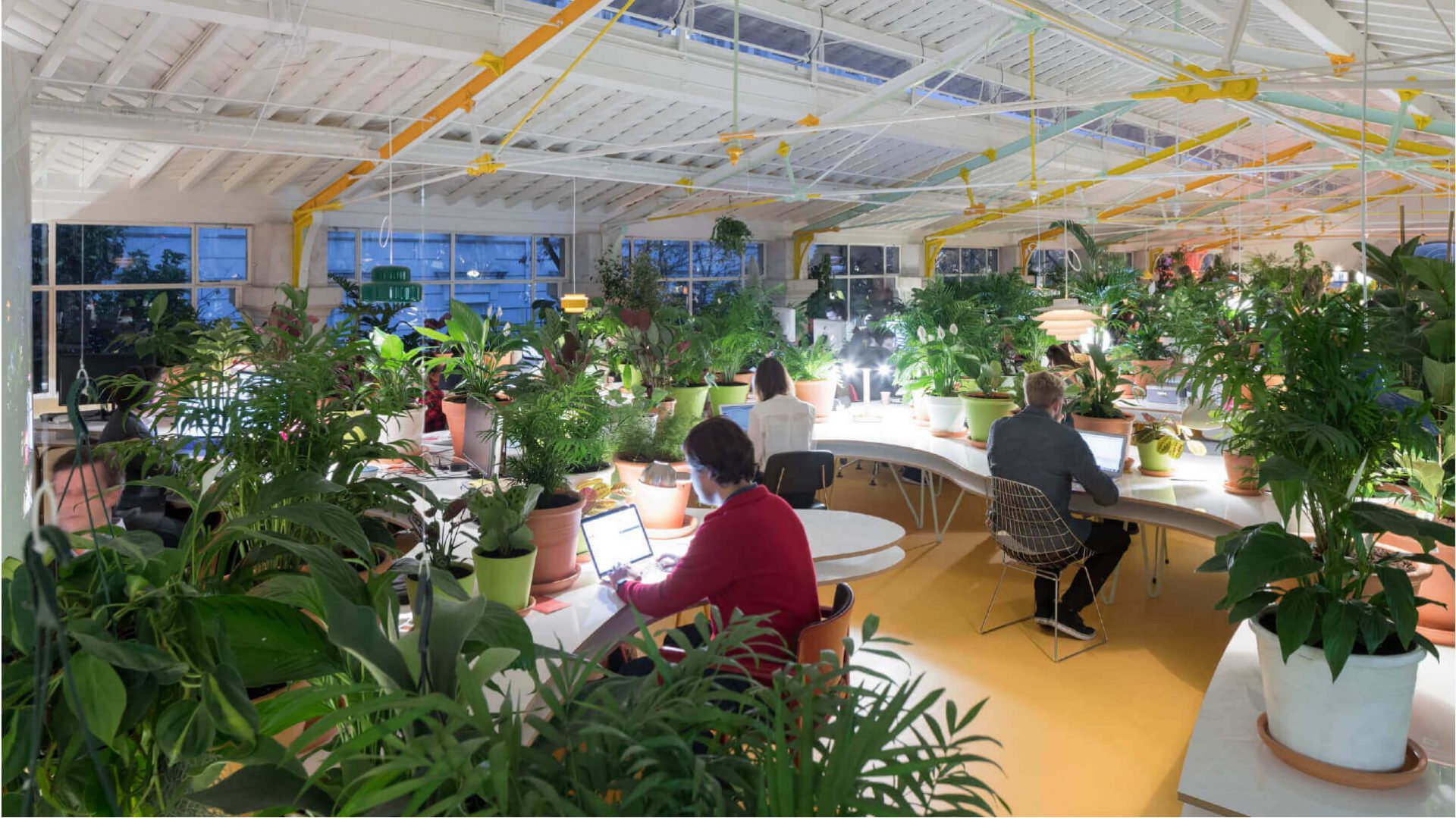Exploring the past, present, and future through Will Jennings’ work
His proposal “Future Histories” explores our current near future through a series of short stories that look back at where it all went right, went wrong and all that could have been different

Selected as one of the winning proposals presented at the Future Architecture Platform’s event, Creative Exchange 2020, writer and artist Will Jennings explores the intersection of architecture with politics, place in time, history and culture.
Co-funded by the Creative European Program of the European Union, the Future Architecture Platform introduces its yearly event: the Creative Exchange. Each year, a call for architectural ideas is open where emerging architects, urban planners, designers, engineers, artists, and curators submit project proposals; 25 winning proposals are selected and then presented at this 2-day event.
Among the winners this year was writer and artist Will Jennings, his proposal “Future Histories” explores our current near future through a series of short stories that look back at where it all went right, went wrong and all that could have been different.

As a writer and artist, Will works primarily with photography and moving images. His work mainly focuses on topics such as memory, duration, history of place, architecture, psychology, and politics, highlighting in them the relationship of the past to the present and future.
Who is Will Jennings? How did your journey in art and architecture begin?
Will Jennings:
“As a child, I first wanted to be a weightlifter, then a writer, then an architect. I realised quickly that the first was never going to happen, but my interests in the second two remained and I studied a degree in architecture before spending a good few years working in practice – mainly in conservation on some incredible and important historic English buildings.
But I also knew that working in the office on CAD drawings wasn’t really doing it for me. For the last ten years, I have flitted between visual art practice, writing, and teaching, always orbiting around and relating to my key concerns of architecture and the built environment.
In many ways, as a writer/maker/educator on the outside looking into a sector, I feel I am engaging far more with the wider concerns of architecture, and my interests in it as a child, than I ever was when working in an office.”

What made you interested in writing and focusing on the intersections of architecture with politics, place, history, and culture?
Will Jennings:
“Architecture, perhaps more than any other design or art, can’t exist in a vacuum, and is intrinsically not only tied to politics, place, history & culture, but also climate, society, economics, power, and much more.
Often, from within, it is hard to see it in relation to all these, and even those excellent designers who are more than aware of the interconnectedness between their practice and wider issues, it is increasingly hard for the architect to have any agency in economic and political systems where their role is increasingly diminished and disrespected, and where buildings are more shaped by neoliberal economics than the designers’ hand.

On the outside, at least, there can be a bit of distance to draw connections between the built environment and all these interrelated issues. And while this perhaps can’t solve anything in itself, can help widen that discussion, popular understanding, and create conversations around new futures.
As to my interest in history, it perhaps feeds back to when I worked on listed buildings in conservation architecture, but more that I see the rhyming of the past in so many political, cultural and architectural issues of the day, and to draw strands between then and now can only help us understand going forwards – for instance by looking at the conditions of the Chartist political movement in the early industrial revolution and comparing to the neoliberal conditions of today, or in looking at the history of English landscape design and seeing how that maps onto the design of contemporary cities.”

How do you interpret the purpose of the Future Architecture Platform?
Will Jennings:
“It’s the most fascinating coming together of different nations, ideas, people, and approaches. I have to be honest and say that up until four days before the deadline to apply to it I hadn’t come across Future Architecture Platform. I, fortunately, saw a tweet from DPR in Barcelona, clicked through and applied the next day!
A few weeks later I found myself in the beautiful city of Ljubljana, at MAO, to listen to all the presentations of other fellows and partner organisations.
And my eyes were opened. I am as guilty as many in Britain and London that it’s easy to be insular in our gaze. So much is happening in London culture and architecture, and so much in the English language, that the mind and eye don’t always look too far from home in research or subject.
And I acknowledge this is problematic, because whatever we face going forwards – environmentally, politically, architecturally – it has to be with peripheral vision and an understanding across geographies, cultures, classes, and backgrounds.
So, for me, the most incredible offer of Future Architecture Platform is to facilitate that cross-cultural discussion, and allow a space for acknowledging the interconnectedness, similarities, and differences between us all, and allow all of that into the cultural conversations that develop.”

Your proposal was selected as one of the ideas to attend the Creative Exchange 2020 by Future Architecture Platform. Can you tell us what was your proposal, the idea and the inspiration behind it?
Will Jennings:
“I applied as an architectural writer, and one interested in interrogating the present from the position of the future, or as a future historian may look back at the early 20th century with hindsight.
Like many disciplines, architecture can be so wound up in the present, interested in selling a powerful image of “now”, and even if planning forwards can often be locked into approaches, language, and spatial ideas which are rooted in how we do things now, not how we may need to do things in the future.
This is a generalisation, and not all architects think like this, but looking at how neoliberal developments in London are proposed, represented, and marketed, the neoliberal short-term financial greed of it all, at the expense of long-term thinking for all of society, is evident and a critical issue.
There are many excellent critics, writers, journalists, and artists interrogating these issues, but I wondered if one stance may be to imagine now from the future, as we now look back on errors or successes of the past.

I was drawn to the idea of The New Zealander in mid 19th century English literature and art, an imaginary character from an imaginary future civilisation who acted as a foil to consider contemporary issues. In his 1872 series of prints London: A Pilgrimage, Gustav Doré closed with an engraving of The New Zealander sat looking over the ruins of London.
This ruinlust both commented on the temporality and fallibility of physical and social structures, but also acted as a self-aggrandising suggestion that the British Empire would one day be looked back on as the Greek or Roman. It’s problematic and colonial, but an interesting starting point to consider our relationship to the future.”

What is the next step for you? What new projects are you working on now?
Will Jennings:
“I have a number of really exciting projects over the coming months with Future Architecture Platform organisations – written, speaking and making. With all of these, I will go in open-minded to where the research may take me, but the ideas rooted in my proposal and presentation in Ljubljana will be at the core of how I think about each.
And each will also offer an opportunity to explore the breadth of histories and futures across Europe, at a time when climate breakdown, authoritarianism, and divisions mean we need more stories, connections, and possible paths forward than ever.
As well as looking forward to continuing teaching and visiting lecturing, I also have a book coming out in 2021 with Canalside Press, which is very early in the planning stages but will be a mix of writing and visual projects on place and architecture, past and future.

My ten minute presentation for Future Architecture Platform was chiselled down from research and ideas that could have led to a two hour talk. I enjoy weaving between different cultural artefacts, times, and ideas in my writing and speaking.
I was also thinking about T.S. Eliot’s 1922 poem The Waste Land, architecture of prevalent ideologies such as that by Albert Speer and Thomas Heatherwick, the role of the monument, and how visual artists explore architecture.
So from all of this, there are a lot of ideas which I am working out how to develop in self-motivated projects and writing, and I don’t know where that may take me yet!”

















